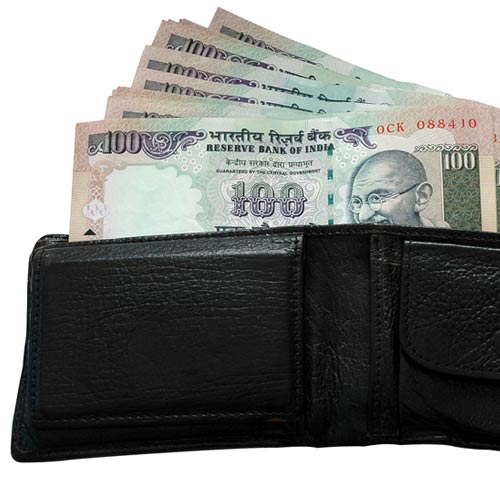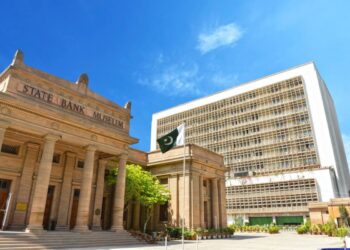MUMBAI: The Indian rupee hit a record low on Monday, escalating worries about the country’s current account deficit and complicating the task of the central bank as it tries to loosen monetary conditions to spur an economic recovery.
The Foreign investors have been heavy sellers in recent weeks of Indian debt, a key risk for a country that has come to depend on capital inflows to finance its current account deficit and support its markets.
Still, analysts say the rupee’s weakness is less worrisome than last year’s fall to a record low, when the Indian economy was in a weaker position and political uncertainty high, prompting Standard & Poor’s and Fitch Ratings to cut their outlooks on the country’s sovereign ratings.
Pressure this time is being driven mainly by broad gains in the dollar that is also hitting other emerging currencies such as the Indonesian rupiah over worries about a potential end to the US stimulus programme.
“Much of the recent rupee depreciation has been led by dollar recovery, though admittedly the negatives in the domestic macro story also feed that bear-run,” said Radhika Rao, an economist with DBS Bank in Singapore.
“A weak rupee can revive a number of past woes, upset the easing inflation trajectory, raise CAD financing concerns and up the currency risks for offshore borrowers. This might also raise another hurdle for the central bank for cutting rates.”
The rupee fell to a record low of 57.76 on Monday as the dollar gained on data showing China’s economy is fast losing momentum and after a report showed a reasonably healthy pace of US job creation in May, renewing expectations the Federal Reserve might curb its asset purchases later this year.
The weaker rupee makes it harder to finance India’s current account deficit, which hit a record 6.7% of gross domestic product in the October-December quarter.
Those concerns had already been exacerbated after foreign institutional investors sold a net of more than $2.5 billion in domestic debt over the previous 12 sessions, marking a reversal to strong buying earlier this year.
Policy review next week
The falls also come ahead of the Reserve Bank of India’s policy review on June 17, raising the prospect the central bank may turn cautious about cutting interest rates further after easing monetary policy by three-quarters of a percentage point this year.
Still, India’s economy is sturdier than it was last year. The current account deficit is broadly expected to have narrowed this year due to falling prices for gold and oil – the country’s two biggest imports.
The government has also passed recent measures to further curb gold imports, including raising an import duty this month.
Meanwhile, economic growth is expected to recover, albeit mildly, from a decade low of 5% in the 2012/13 fiscal year. Wholesale inflation also fell below 5% in April, although retail inflation remained high.
The government’s slew of fiscal and economic reforms is also seen having raised a little more confidence in India’s economy, sparking a surge in foreign inflows until the most recent reversal.
– Courtesy : TOI


















